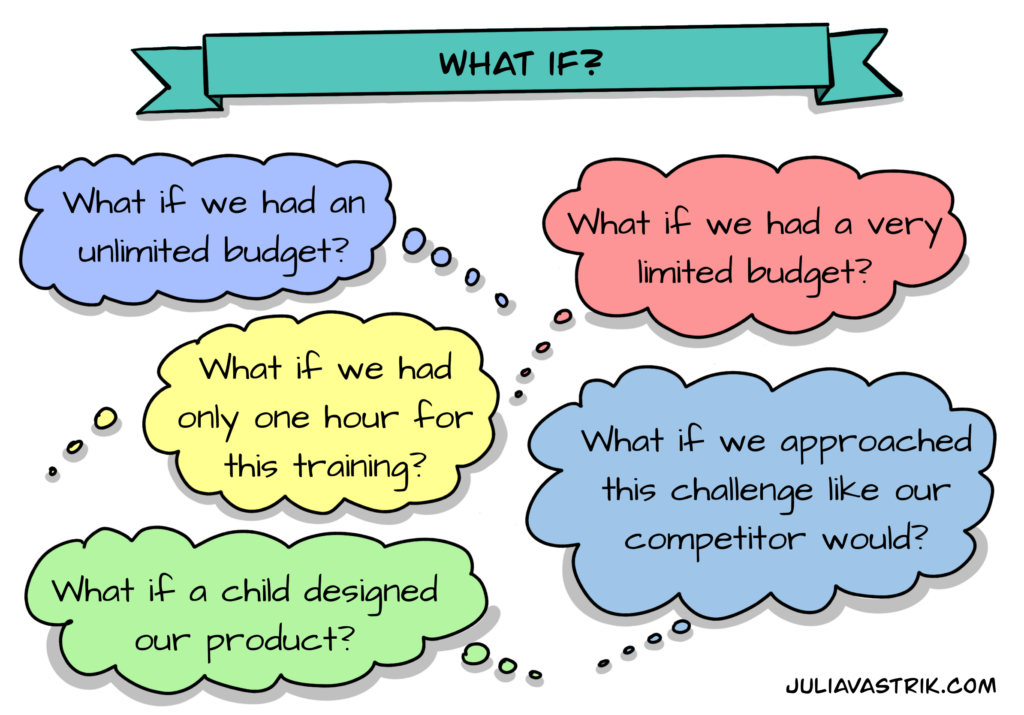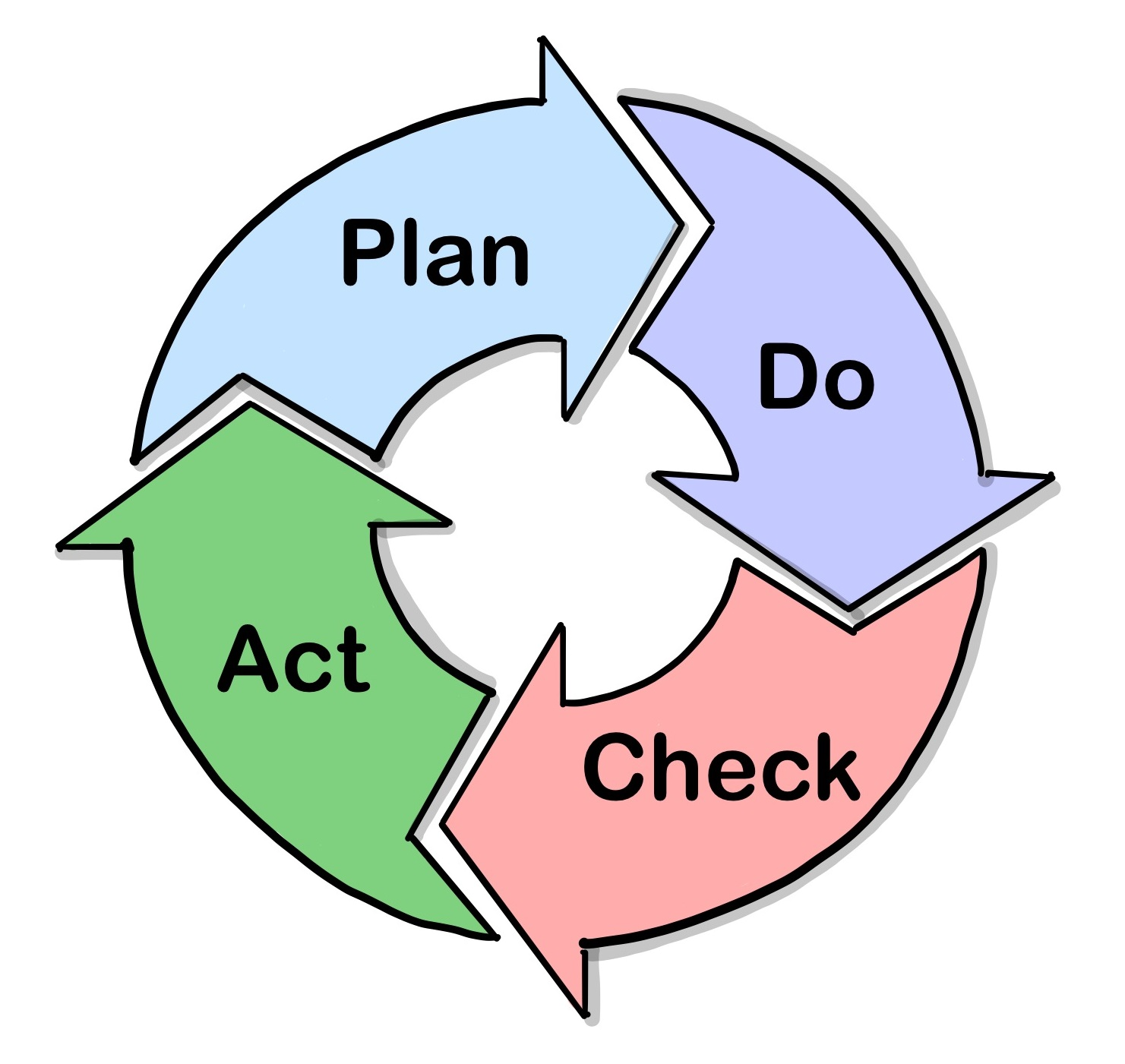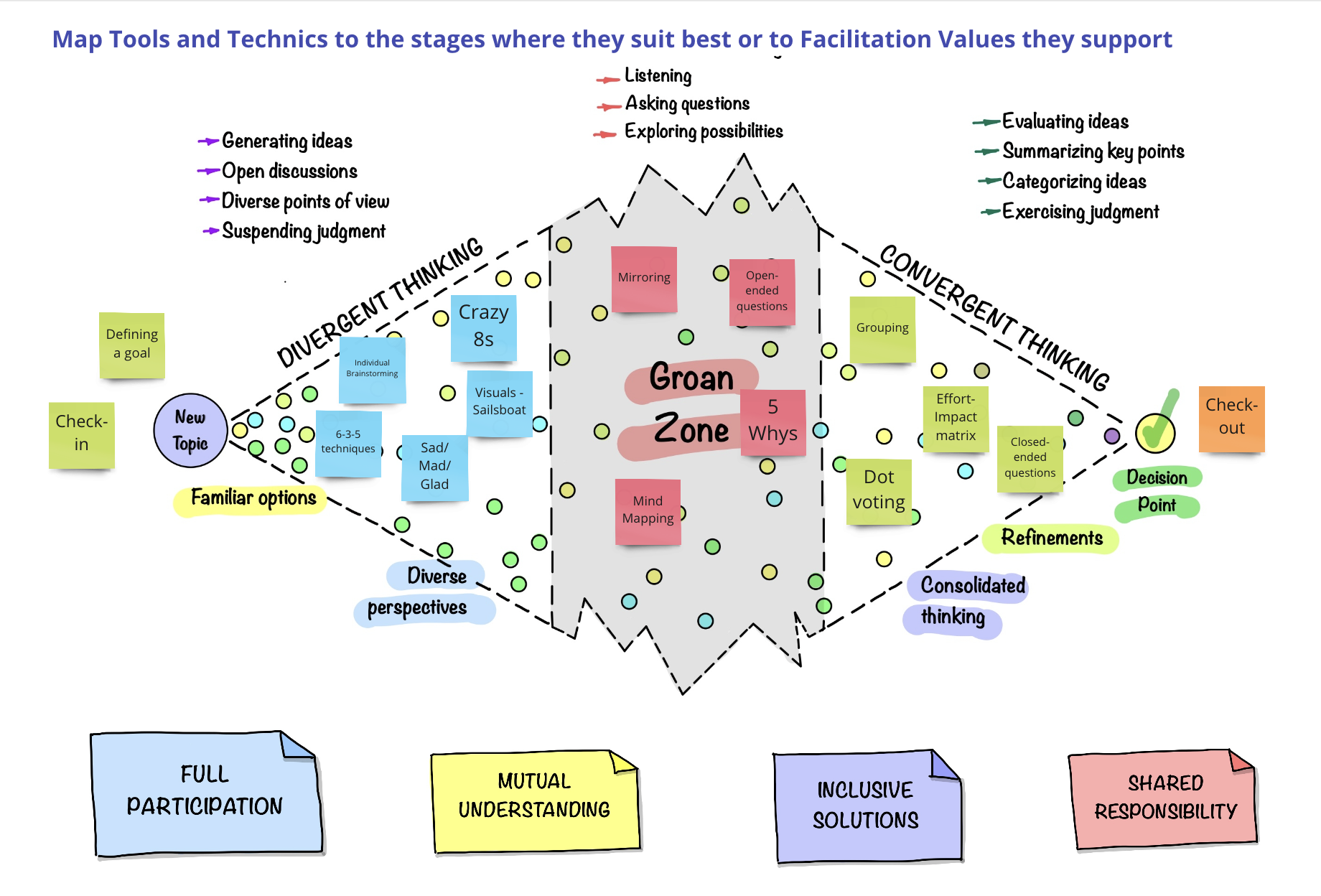Surprising or not, our thinking becomes more creative both when we remove constraints and add constraints.
It happens because constraints force us to find innovative solutions within strict boundaries, while removing them allows our imagination to explore limitless possibilities. Both approaches challenge conventional thinking and push us to consider ideas we might not have otherwise explored.
Built on this idea, the “What If?” ideation technique is a creative method designed to encourage out-of-the-box thinking by posing hypothetical, often extreme or unusual scenarios. By stepping away from current limitations or assumptions and imagining alternative realities, this technique allows participants to explore new perspectives, challenge conventional thinking, and unlock bold, unconventional solutions.

Unlocking Creativity with the “What If?” Ideation Technique
Have you ever felt stuck when trying to solve a problem or innovate within your team? Often, the biggest barriers to creativity aren’t external constraints—they’re the assumptions and mental models we bring to the table. That’s where the “What If?” technique comes in. By pushing us to temporarily set aside limitations and imagine alternative realities, this approach can unlock bold, unconventional solutions.
What Is the “What If?” Technique?
The “What If?” technique is a creative brainstorming method that uses hypothetical scenarios to challenge assumptions and inspire new ideas. By posing imaginative questions—often extreme or unconventional—it encourages participants to break out of their usual mindset and explore possibilities they might otherwise overlook.
For example:
- What if we had an unlimited budget?
- What if we had a very limited budget?
- What if a child designed our product?
- What if our target audience was Gen Z?
- What if we had only one hour for this training?
- What if customers designed their own experience?
- What if we only had 24 hours to solve this problem?
- What if we approached this challenge like a competitor would?
- What if we had to solve this problem without using technology?
- What if this had to be accomplished with half our current team size?
These prompts disrupt habitual thinking patterns, creating space for innovative and transformative ideas to emerge.
As you can see, there might be questions introducing open or limitless possibilities, as well as questions introducing constraints and limitations. This is because both approaches encourage creativity: open-ended questions allow for boundless imagination, while constraints challenge us to find innovative solutions within specific boundaries.
How to Use the “What If?” Technique
- Define the Problem: Start by clearly articulating the issue or challenge your team wants to address.
- Example: “How can we improve the onboarding experience for new customers?”
- Pose a Hypothetical Question: Ask a “What If?” question that pushes participants to think beyond current constraints.
- Example: “What if onboarding took only one minute?” or “What if onboarding was gamified?”
- Encourage Free Thinking: Allow participants to brainstorm without worrying about feasibility or practicality at this stage.Encourage them to share all ideas, even the seemingly absurd ones, as these might spark valuable insights..
- Explore the Implications: Discuss the ideas generated. Ask follow-up questions like:
- “What makes this idea exciting?”
- “How would this change the user experience?”
- “What’s stopping us from trying something similar?”
- Refine and Adapt: Evaluate the ideas to identify those with potential. Consider how to adapt bold ideas to fit real-world constraints or use them as inspiration for practical solutions.
Why It Works
The “What If?” technique works because it taps into our natural curiosity and playfulness. By temporarily shifting perspectives, it allows us to:
- Challenge Assumptions: Hypothetical scenarios expose hidden biases and encourage us to rethink the status quo.
- Explore Extreme Possibilities: Whether removing limitations or imagining tighter constraints, the technique fosters innovative thinking by exploring both ends of the spectrum.
- Stimulate Creative Thinking: The freedom to explore unconventional ideas—even if constrained—inspires new approaches and insights. Introducing tighter constraints can also reveal resourceful and inventive solutions that might otherwise be overlooked.
Examples
Example 1. Let’s say your team is tasked with reducing customer support response times.
- Pose a Hypothetical Question: “What if every customer issue was resolved instantly?”
- Generate Ideas: Solutions might include AI-powered chatbots, predictive analytics, or preemptive customer education.
- Adapt and Apply: While instant resolution might not be feasible, your team could implement an AI tool to handle common queries and reduce wait times.
Example 2. Marketing Strategy:
- Pose a Hypothetical Question: “What if we could only market through word of mouth?”
- Generate Ideas: Focus on referral programs, influencer partnerships, or creating shareable content.
- Adapt and Apply: Launch a referral campaign and encourage social media engagement.
Example 3. Education and Training:
- Pose a Hypothetical Question: “What if training had to be completed in one hour?”
- Generate Ideas: Develop condensed modules, focus on critical skills, and use interactive simulations.
- Adapt and Apply: Create a series of short, focused training sessions. This helps us understand, what are the most critical parts of our trainings.
Tips
- To take those ideas even further, consider applying the second phase of the Dream and Ground method. After exploring “What If” scenarios, the Ground Phase helps you reintroduce real-world limitations while preserving the strongest and most valuable elements of your ideas. This allows you to refine and adapt your wildest concepts into practical, impactful solutions.
- This technique is great not only for work-related ideation within teams but also for personal reflection – it is widely used by coaches. We might ask ourselves smaller or bigger questions, for example:
- What if I could design my career from scratch – what would it look like?
- What if I had to achieve your five-year goals in one year?
- What if I pursued the role I think I am not ready for?
- What if failure wasn’t a possibility – what would I try next?
- What if I could only focus on one professional skill for the next year – which one would I choose?
The “What If?” technique is a powerful tool for teams and individuals looking to break through creative blocks and uncover fresh solutions. Whether you’re designing a new product, solving a complex problem, brainstorming marketing strategies, or working on a career breakthrough, this approach can help you think bigger and bolder.
So the next time you’re facing a challenge, ask yourself: What if we did things differently? You might be surprised by what you discover.
For more tools and techniques, see: Facilitation and Ideation

